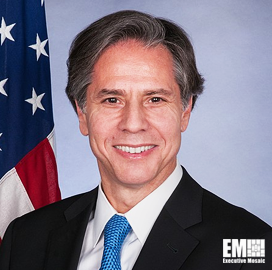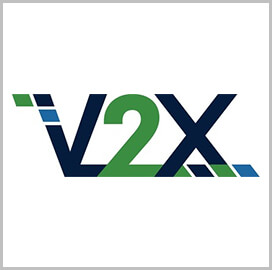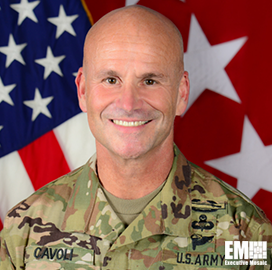GovCon Expert Jerry McGinn, a two-time Wash100 Award winner, has revealed the publication of the newest white paper from George Mason University’s Center for Government Contracting.
Entitled, “Don’t Get Ahead of the Data: Artificial Intelligence and Predictive Maintenance in United States Department of Defense,” the study explores the advantages and adjustments that come with applying AI technologies in military settings, McGinn explained in a LinkedIn post on Tuesday.
“The trajectory is promising, but the complexity and heterogeneity of maintenance data and numerous other factors make it clear that the utilization of AI/ML techniques in this area requires continued iteration and user feedback,” GovCon Expert McGinn elaborated.
Alongside McGinn, the white paper was co-authored by GMU CGC Senior Fellows Benjamin McMartin and Richard Beutel. McMartin is also a managing partner at Public Spend Forum and Beutel is a managing principal and founder of government market strategy and legislative advisory firm Cyrrus Analytics.
In the paper, McMartin, Beutel and McGinn detail how improved data sets, refined algorithms and strengthened tools have caused predictive maintenance strategies to blossom. The authors additionally put forward their suggestions on data, metrics, prioritization and establishing faith in maintenance systems, aiming to help the DOD achieve their implementation goals.
You can read the white paper here and, if interested, register for a webinar on the subject occurring July 14, hosted by McGinn and special guests.
The predictive maintenance-focused white paper follows the May publication of the GMU CGC’s last white paper edition, which discussed responsible approaches to artificial intelligence-based data licensing.









